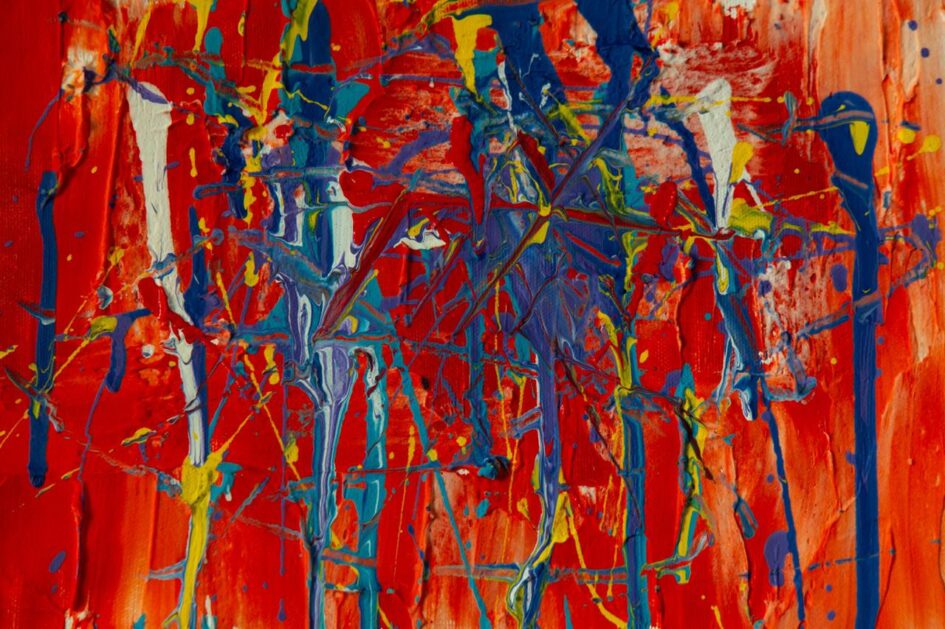Do you want quick and easy money? I’ll tell you a great way to get big bucks.
Things you’ll need:
- A banana
- Duct tape
Steps to follow:
- Search for a clean wall
- Affix the banana to the wall using the duct tape
- Submit it to an art exhibition or auction it for hundreds of thousands of dollars
Don’t believe me? A banana taped to a wall was sold for a hundred and twenty thousand dollars recently. It was considered a piece of “art”. Nothing much to it, just an ordinary banana and duct tape. Do you think that is bizarre? What do you think of Marcel Duchamp’s ready-made sculpture “Fountain” which is an inverted porcelain urinal? A messed-up bed which was sold for over two and a half million pounds? Is John Cage’s “4’33” where musicians do nothing but sit still for four minutes and thirty-three seconds music? Many such works have been identified as landmarks in modern art.
To understand more about modern art, it is essential to know what art is in the first place. According to the Oxford dictionary, art is defined as “The expression or application of human creative skill and imagination, producing works to be appreciated primarily for their beauty or emotional power.”
Classical and romantic artworks almost entirely fit this description. The above examples of modern art certainly involve creativity and imagination. But those are something everyone can do. Does creating art make anyone an artist? Using today’s autotune technology, anyone’s voice can be tuned to match a song’s pitch perfectly. This enables many people who aren’t great singers to sing songs accurately. Does that mean all of them are singers? With such technology, it doesn’t matter if the singer is proficient or not. But it is evident now that many famous personalities sing for movies. This is how many actors have been made to sing for movies. The plight of singers who practice for many years or decades to perfect their pitch is pitiable.
This brings us to another important question. Who is an artist? Or a better question would be, “Who can be called an artist?” The definition is quite simple: “A person who creates works of art is an artist.” But the distinguishing feature of an artist is practice. A painter spends several years practising brush strokes. An actor spends several years practicing expressions. A sculptor requires several years of practice to carve perfectly. But a person certainly doesn’t need any practice to fix duct tape on a banana or to mess up one’s bed.
Many people who have previously created crazy artworks have been rejected by art exhibitions. If the merit of a work of art is purely subjective, what gives someone the qualification to display their work at an exhibition or museum while some others’ works are found in trash cans? The establishment and fame of an artist can greatly influence how the world sees one’s work of art. Most often, the artistic value of a work is overshadowed by how famous it is. Sometimes, people start appreciating works just because others have been doing it. Some businessmen buy artworks at auctions without even understanding their significance. People visit modern art museums without even realizing what they’re looking at.
Disagree? Then you should know how one of the world’s best museums for modern art in New York hung a painting upside down in 1961. No one realized that this painting was upside down for forty-seven days! Over a hundred thousand visitors in total, museum staff, art dealers; not a single person noticed. In a different incident, a pair of spectacles left on the floor of San Francisco’s Museum of Modern Art quickly attracted visitors, who mistook it for a piece of art. Some were even seen taking pictures of it.
Just because an artwork is famous or has been sold for a big sum, the work doesn’t need to be good. You might like a book that sold just ten copies more than a best-seller. You might like your sketch of the moon more than the Monalisa. You’re not wrong. You need not adhere to other people’s opinions. This subjectivity is what makes art so phenomenal. There isn’t a single artist in history who hasn’t faced criticism. Of course, you too will be criticized for your choices or your works. At least, you’re better than many others who go to museums to look at upside-down paintings and take pictures of pairs of spectacles!
References:
Spectacles: Pair of glasses left on US gallery floor mistaken for art | San Francisco | The Guardian
Upside down painting: This Day in History: MoMA Hangs Matisse Upside Down | artnet News
Oxford: Art | Definición de Art por Oxford Dictionary en Lexico.com y también el significado de Art



Leave a Reply